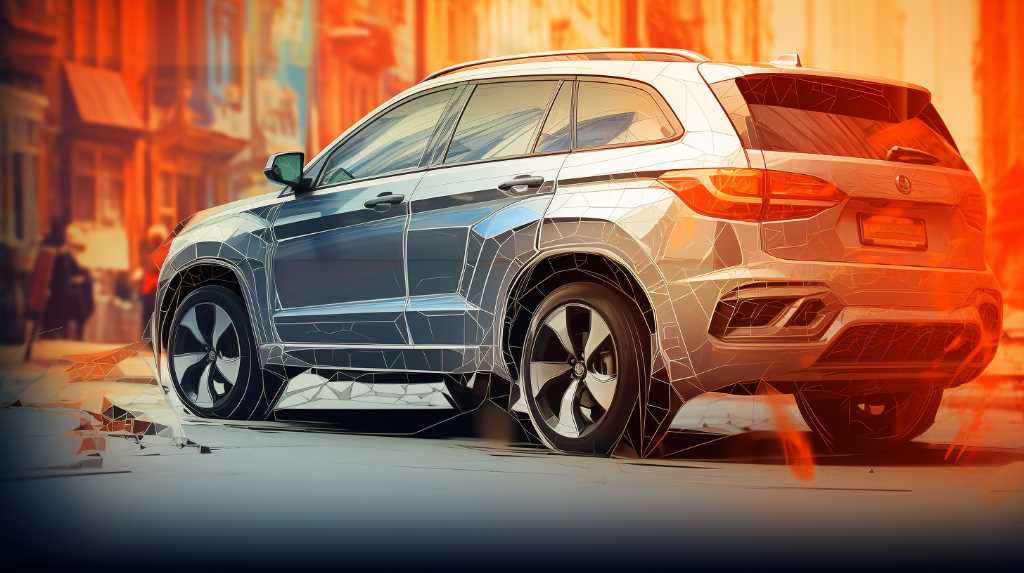
Car crashes often lead to knee injuries because the legs can get hit really hard during the accident. The knee has a lot of parts – bones, ligaments, tendons, and cartilage – that make it easy to injure.
For example, your knee can slam against the dashboard, which can cause anything from bruises to broken bones. It’s also common to hurt ligaments like the ACL or MCL, which makes the knee less stable and harder to move. Meniscal tears might happen because of the twisting forces when the car hits something, while kneecap injuries like fractures and dislocations come from direct hits to the knee.
It’s really important to figure out what’s wrong with the knee right away and start treatment to avoid long-term damage and help the knee heal properly.
Understanding Knee Anatomy
A car accident victim’s comprehension of knee anatomy is crucial in identifying the specific injuries sustained during a collision.
The knee joint is a complex hinge structure that includes bones, cartilage, ligaments, and tendons working in unison to afford mobility and stability.
The femur, tibia, and patella are the primary bony structures, interconnected by the medial and lateral menisci—fibrocartilaginous pads that act as shock absorbers.
Ligaments such as the anterior cruciate (ACL), posterior cruciate (PCL), medial collateral (MCL), and lateral collateral (LCL) provide pivotal stabilization.
Tendons, particularly the quadriceps and patellar tendons, facilitate movement.
Traumatic impact can result in a spectrum of pathologies, ranging from contusions and sprains to fractures and dislocations, necessitating an evidence-based approach for accurate diagnosis and optimal management.
Dashboard Knee Injuries
Dashboard knee injuries happen when your knee hits the dashboard hard in a car crash. This can cause serious problems, like broken bones, bruises, and torn ligaments. The back of the knee ligament, called the posterior cruciate ligament (PCL), is often hurt because of where it is in the knee.
Doctors can tell there’s a problem when they see swelling, find it hard to move the knee, or notice blood in the joint. To figure out exactly what’s wrong, they use X-rays and MRI scans. Treatment can be as simple as resting the knee and doing physical therapy, or as serious as needing surgery. How well someone recovers depends on how bad the injury is and how quickly they get help.
For example, if you’ve had a minor knee injury from a car accident, you might just need to rest and go to physical therapy. But if you have a PCL tear, you might need surgery to fix it. It’s important to see a doctor right away after a crash, so they can treat your injury properly and help you get back on your feet as soon as possible.
Ligament Damage Explained
Ligament injuries are common in car crashes because the knee joint gets hit suddenly and hard. The knee relies on four main ligaments to stay stable: the ACL, PCL, MCL, and LCL. These ligaments might stretch too much or rip when the knee moves sharply in a different direction or gets hit directly, which can happen during car accidents.
To figure out how badly the ligaments are hurt, doctors will examine the knee and might use an MRI. Depending on how bad the injury is, treatment can vary from resting and physical therapy to surgery for a complete tear.
Meniscus Tears After Collisions
Following ligament damage, another prevalent knee injury sustained in car accidents is a meniscus tear. This occurs when the force of a collision causes the knee to twist or turn unnaturally. The meniscus, a C-shaped cartilage that cushions the knee joint, is susceptible to tears when subjected to traumatic forces. These tears can range from minor to severe, and symptoms often include pain, swelling, and limited range of motion.
Clinical diagnosis typically involves physical examination and imaging—magnetic resonance imaging (MRI) is particularly effective for visualizing meniscal damage. Treatment options vary based on the tear’s severity. Conservative management includes rest, ice, compression, and elevation (RICE), while more significant tears may necessitate arthroscopic surgery. Rehabilitation is crucial for full recovery, emphasizing strength and flexibility restoration.
Patellar Fractures and Dislocations
In car crashes, knee injuries like broken kneecaps (patellar fractures) and kneecaps popping out of place (dislocations) happen a lot because the knee hits the dashboard or steering wheel hard. These injuries range from minor to severe.
If the kneecap is just cracked and hasn’t moved out of place, doctors usually go for a simple treatment like keeping the knee still. But if the kneecap is broken into pieces or has shifted significantly, surgery might be needed to put everything back where it belongs.
When the kneecap slides out of its normal spot, usually to the side, it can tear the ligament on the inner part of the knee. To fix this, doctors first put the kneecap back in place, then keep the knee from moving and help the person start moving again carefully. If the kneecap keeps sliding out of place, surgery might be considered to stop it from happening again.
Conclusion
Knee injuries from car accidents can be quite serious. They often hurt the knee’s complex parts, like the dashboard knee injuries, torn ligaments, ripped meniscus, and broken or moved kneecaps. These types of injuries can cause lasting problems and make it hard to move around.
It’s crucial to get these injuries checked and treated properly, based on what doctors and research say is best, to heal well and keep the knee working right after the accident.